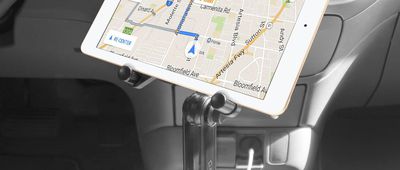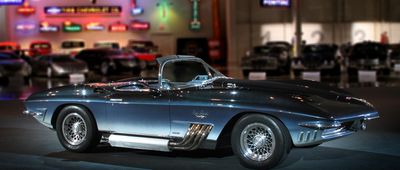Horse Power
With a 30-year production run between 1966-1996, the Ford Bronco was the first real SUV and arguably the greatest U.S. truck ever built — an argument long settled among Bronco loyalists. Just like Jeepers on the other side of the fence, Bronco fans have an emotional attachment that stands out among American automotive love affairs. The recently beefed-up Bronco Raptor has continued that affair, with a turbocharged V6 engine and a heavy-duty frame that will make it irresistible for drivers who want a serious off-roader. From its beginnings to its recent rebirth, here's why drivers love their Broncos.
Related: 16 Surprising Things You Didn't Know About America's Best-Selling Vehicle






























